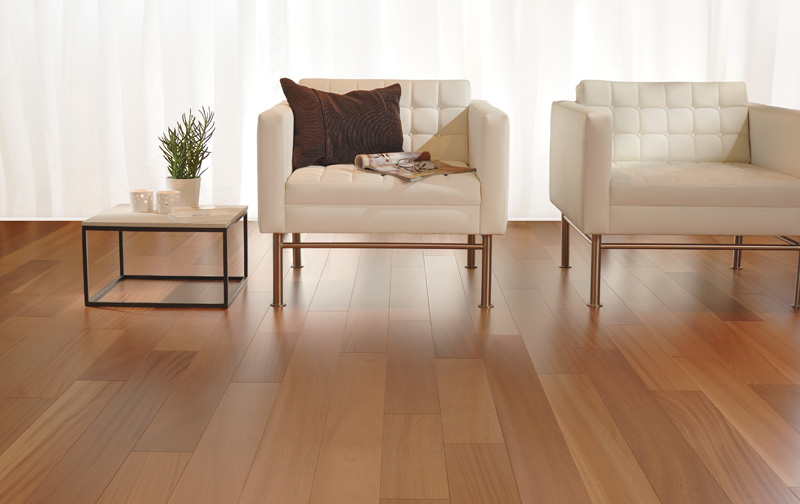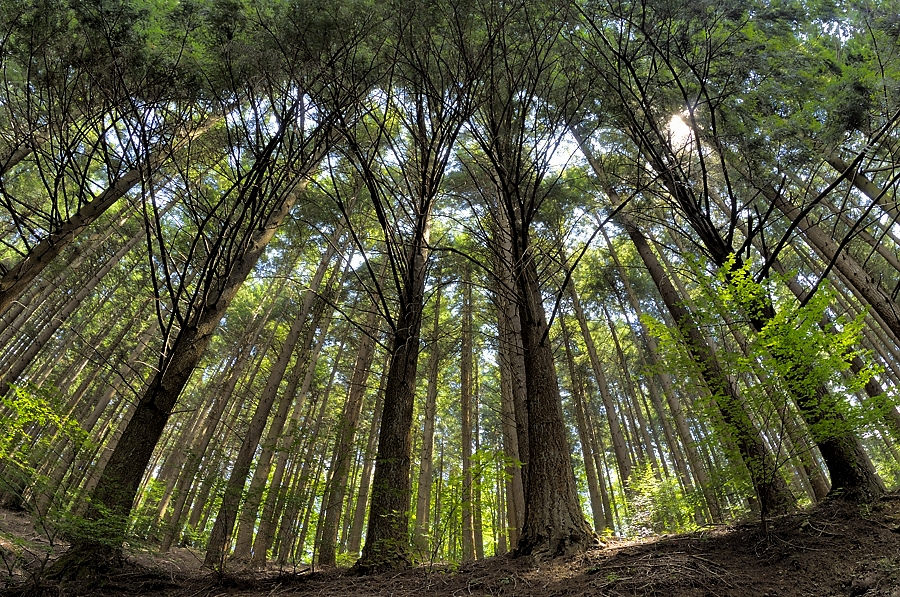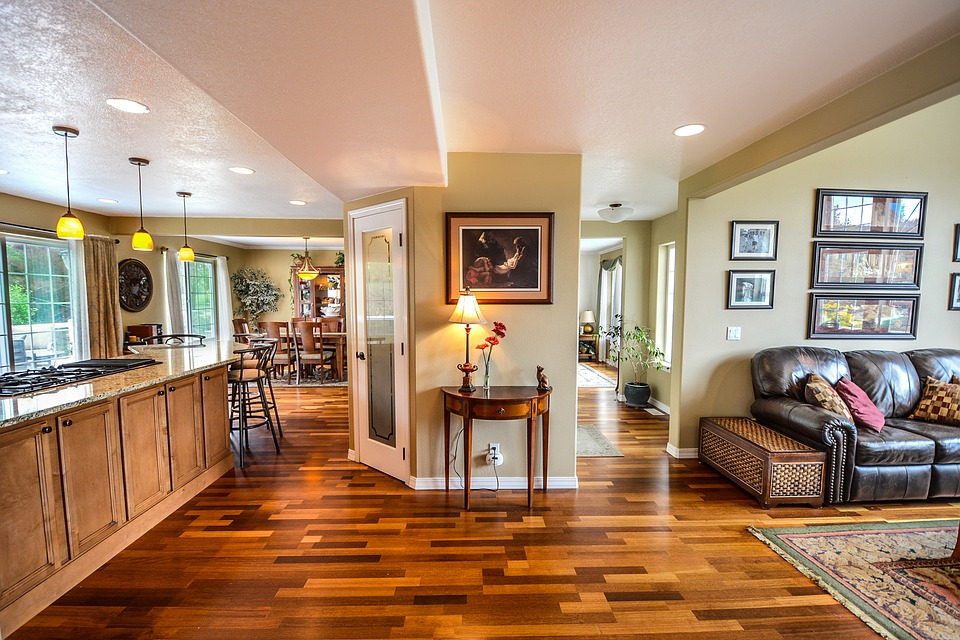
Acting responsibly and with respect for the environment sometimes requires that we consider parts of our lives that we usually take for granted. While we are decreasing our energy usage and eliminating chemicals from our homes, we may not think about those homes themselves. It is a regrettable fact that details of their construction can be hostile to the environment. But, fortunately, the growth of the "green home" movement has given us the means to bring even this part of our lives into an eco-friendly state.
Hardwood floors may be among those features which seem a forbidden option to the eco-conscious. But, in fact, wood flooring does not have to mean a destruction of the environment. On the contrary, in some cases, it can actually do a great ecological service. To understand how hardwood flooring can be eco-friendly, we must look to the wood itself.
Where Does all the Hardwood Come From?
The key to a sustainable hardwood floor is knowing where the wood comes from.
Plantations
After determining that a tree plantation satisfies its 57 criteria for sustainable and responsible management, an organization called the Forest Stewardship Council issues its stamp of approval on the plantation products. Wood from these plantations comes from an environment in which there is minimal use of toxic chemicals, which respects wildlife, and which generally works by cutting selectively rather than clear-cutting. Such plantations operate according to the growth rate of the area, always maintaining a balance between growth and harvesting.
Reclaimed Wood
One of the champions of eco-friendly hardwood flooring is reclaimed wood or wood that comes from objects or buildings no longer in use. Although this wood requires more effort to prepare, it is perhaps the truest to the mantra of green living: reduce, reuse, recycle. Besides rescuing a valuable resource from decay, using reclaimed wood flooring also has the benefit of eliminating the need to cut down trees.
Salvaged Wood
Similar to reclaimed wood, salvaged wood makes use of discarded trees rather than of abandoned objects or buildings. A tree that is old, damaged, or diseased yields planks well suited to use as flooring.
Engineered Wood
Engineered wood floors consist of layers of plywood beneath a layer of hardwood. This kind of flooring is especially eco-friendly, for the plywood provides a use for scraps of wood that otherwise would have gone to waste. Also, since the actual hardwood layer required is thinner than a pure hardwood plank would be, a single tree can yield a greater number of planks.
What are the Benefits of Choosing Wood?

Far from endangering the environment, hardwood floors arguably head the list of eco-friendly flooring choices. One of the requirements for deserving the description of sustainability is that the life cycle of the flooring must be considerable. The longevity of hardwood floors is generally equal to that of the structure which they grace. On the other hand, non-hardwood options usually require periodic replacement. Likewise, an eco-friendly floor must be renewable, and hardwood floors are well known for their ability to be refinished and restored.
Another criterion considered is the distance required for moving the wood, with the general rule being the shorter the distance, the better. Tree plantations lend themselves to local use, and hardwood planks which come from such sources generally require little transport, thereby minimizing energy expenditure and negative environmental effects.
Similarly, the Forest Stewardship Council, or FSC, sees to it that the companies which produce the planks do so in an eco-conscious manner. At least 3,954 companies in the United States have received certification from the FSC, rendering a minimum of 35,323,927 acres of trees available for use. Therefore, not only there are hardwood planks manufactured in a "green" way, but there is also a large quantity of them available.
Purchasing Eco-Friendly Hardwood Floors

Eco-friendly options for hardwood flooring are not limited or, in most cases, expensive. From oak to hickory to rosewood, hardwood floors come in the customary range of materials. Their prices can also be extremely competitive with non-sustainable hardwood options. Reclaimed wood, of course, will usually cost more than freshly-made flooring since it requires cleaning and possibly re-milling, but with both SFC-certified and non-sustainable hardwood ranging from $3 to $14 per square foot, you can install an eco-friendly floor without straining your budget.
When striving to follow a sustainable lifestyle, it is important that we consider the features of our homes. With an eco-friendly hardwood floor, we can bring one more aspect of our lives into line with the principles of "green" living.
Guest post by Bruce MacDonald
About the Author
 Bruce MacDonald leads the team at MacDonald Hardwoods, a hardwood flooring store in Denver, Colorado. For over three decades they have serviced Colorado with flooring installations, cleaning and flooring equipment rental.
Bruce MacDonald leads the team at MacDonald Hardwoods, a hardwood flooring store in Denver, Colorado. For over three decades they have serviced Colorado with flooring installations, cleaning and flooring equipment rental.
You may also like
Tips for Superior Energy Efficiency At Home
The Scandinavian Secrets to Keeping Your Home Cosy and Warm
Aspects to Consider When Creating a Green, Eco-Friendly Home
6 Eco-Friendly Flooring Options to Make Your Home More Sustainable
